How to build an 18ft skiff
Construction of the modern 18ft Skiff hull is obviously critical to its performance and longevity as a competitive racing machine. This task is undertaken by Van Munster Boats, at Morisset, to the north of Sydney, which has been the registered builder of all 18ft Skiff hulls in Australia for the past five years.
To provide some idea of how the task is undertaken, Brett Van Munster gives a simple explanation of what is a highly technical and very precise building process.
“Our challenge is to build boats which are very light yet strong enough to meet the high demands of 18ft Skiff Racing. We only have a small team but we’ve got the expertise to work with the same materials as those used in Formula One Racing and the aircraft industry.
“SP-High Modulus source and supply us with the pre-impregnated carbon fibre from the UK and have it shipped to Australia under refrigerated conditions. They also source and supply the specialised Kevlar Nomex honeycomb paper, which is used as a core material.
“The hull and deck are then constructed from the Kevlar Nomex honeycomb paper, which is sandwiched between two layers of the pre-preg carbon fibre. This construction technique is a little more sophisticated but essentially the same as pioneered by Iain Murray and John McConaghy back in the late 1970s. Laminating is now done in an air conditioned, climate controlled environment and as you would expect the processing of the boats and the pre-pregs is a little more refined these days.
“Once the hull and deck have been laminated in their moulds they are individually baked in a custom-built oven at minimum cure cycle of 80degC. This done, the hull and deck components are then placed in a holding jig where the complex internal structures including center board case, supporting wing structures, mast step, bow sprit and framing are precisely assembled and installed into the hull.
“The deck is glued onto the hull in a very precise operation where maximum force is applied to ensure a minimum use of glue. This is a complex and critical procedure which requires extreme care as it basically holds the entire boat together. It is important that the finished product is not only light but also important that every single piece of carbon is in the right spot. Carbon is an extremely strong material and doesn’t take much to hold the boat together, but if you get it in the wrong spot it also doesn’t take much for it to blow up.
“The final step is to prepare and spray paint the hull and deck of the boat to the smoothest possible race quality finish. This is a lot harder and time consuming than it sounds as during this process we are continually conscious of keeping weight to a bare minimum as the boat receives an
undercoat, primer and then the bare minimum high gloss coat.
“Weight is critical in 18ft Skiff Racing. We produce the bare hull shell at about 20kg and the overall weight of the boat before fittings are added is approximately 65.5kg. By the time it’s ready to race the weight is around 170kg, which gives some idea of what goes onto an 18 in racing condition”.
Van Munster Boats also build the centreboard and rudder from carbon composites.
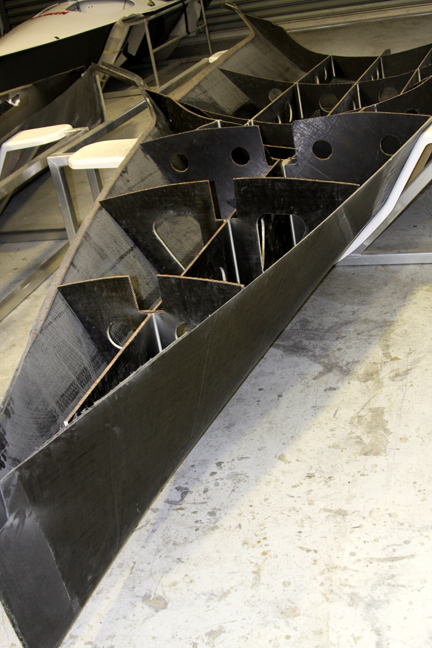
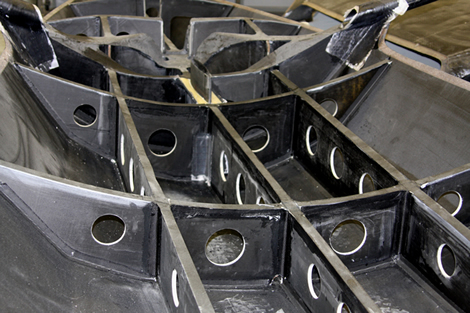

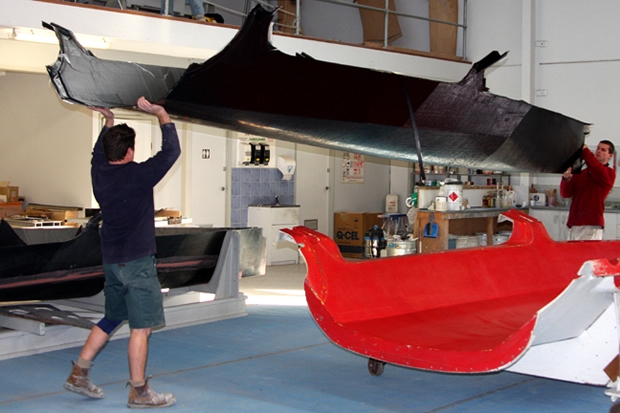
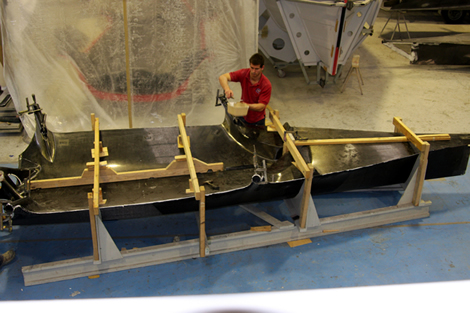
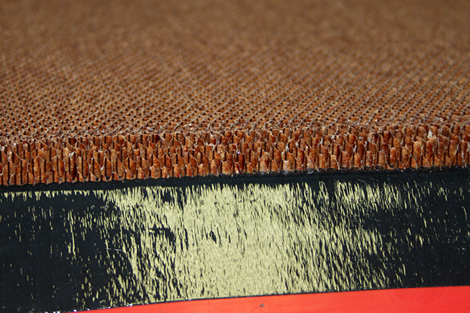
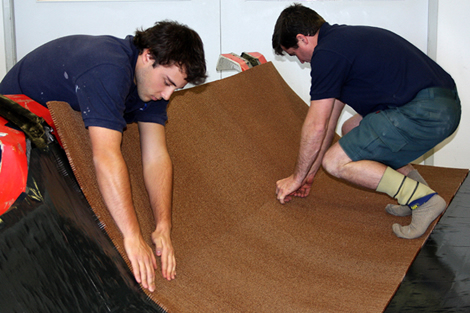
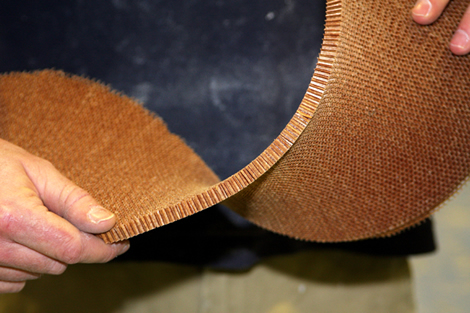
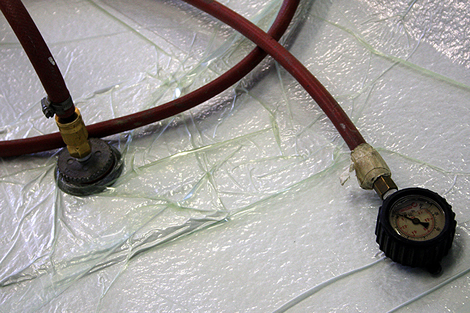








Latest Comments
Add a comment - Members log in